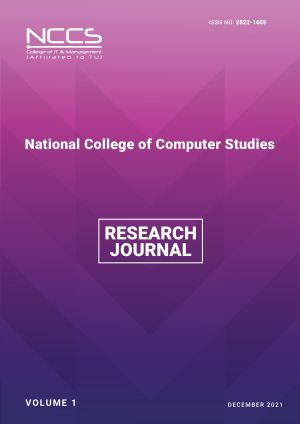An Outline of FDI Inflows and Nepal’s Economic Evolvement
DOI:
https://doi.org/10.3126/nccsrj.v1i1.60049Keywords:
FDI, cost economic growth, employment, trendAbstract
The objective of this research is to examine into and explain the role of foreign direct investment (FDI) on Nepal's economic growth. The major goal of this paper is to describe the post-liberalization FDI trajectory in Nepal from 1990/91 to 2019/20, as well as its influence on economic growth. A basic regression model is also used in the research to look at FDI and timelines, as well as FDI with employment level as a trend. When data was acquired from secondary sources, descriptive and analytical research approach were used to examine the data. According to the findings, FDI-based industries provide a considerable contribution to the national economy in terms of output, productivity, employment, and resource mobilization. The employment rate has progressively grown during the research period. Both regression equations are significant, and the R2 prediction indicated that FDI and timeframe are approximately 50 percent equivalent. Also, the R2 prediction between EMP and FDI appears to be 40%. Furthermore, such negative opinions, in light of recent political developments, should lead us to conclude that FDI inflows are not on a potential to compete. We are, nonetheless, hopeful about our ability to attract FDI.




